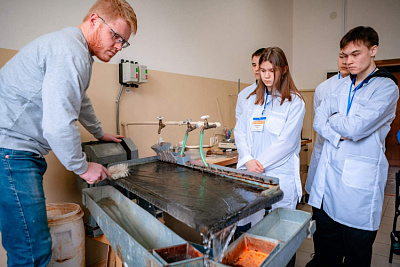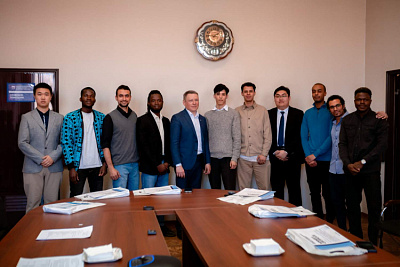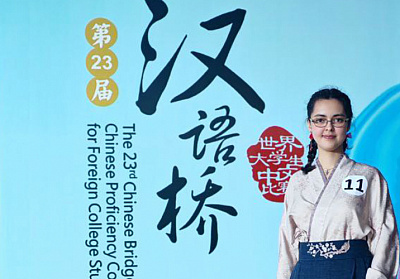INRTU in Top-50 of the Media Rating of the Ministry of Education and Science
INRTU enters the Top-50 of the Media Rating of the Ministry of Education and Science
INRTU entered the Top-50 media ratings of the Ministry of Education and Science of Russia, taking 47th place among 229 universities in January. M-RATE is the only official rating of universities in Russia. It takes into account the effectiveness of universities in the media space in three main areas, including their own websites, the media and the audiences in groups and channels in all major social networks.
INRTU significantly strengthened its position compared to the beginning of 2022, when it was in 61st place of M-RATE.
The university entered the Top-20 of the M-RATE of the Ministry of Education and Science for its own website. The results in this area are 52 points higher than a year ago; now the university is in the 19th place.
The activity of INRTU in social networks remains unchanged. Just like a year ago, the university takes the 85th place in the M-RATE according to this indicator.
The university is included in the Top-50 (the 44th place) according to the relations with the media.
It should be noted that the leaders of the consolidated January rating were Plekhanov Russian Economics University, Ural Federal University and People’s Friendship University.
Taking into consideration the wishes of the universities, the M-RATE team worked together with experts and developed an updated rating formula.
Anna Gureeva, Deputy Director of the Department for Information Policy and Integrated Security of the Ministry of Science and Higher Education of the Russian Federation, gave some recommendations for more effective social networking to the universities participating in the M-RATE:
- publishing posts rhythmically - keeping in mind that more than two posts a day can irritate subscribers (the ideal number of posts is between 30 and 120 per month);
- expanding the boundaries of your target audiences - each post should be interesting not only for your subscribers, but also to a wider audience, perhaps even far beyond your region (content about scientists, scientific developments and achievements of scientists/students/staff members);
- the dynamics of growth of subscribers and other performance indicators;
- active involvement of student media in the information strategy of the university in terms of content creation, development and implementation of ideas and media projects.



